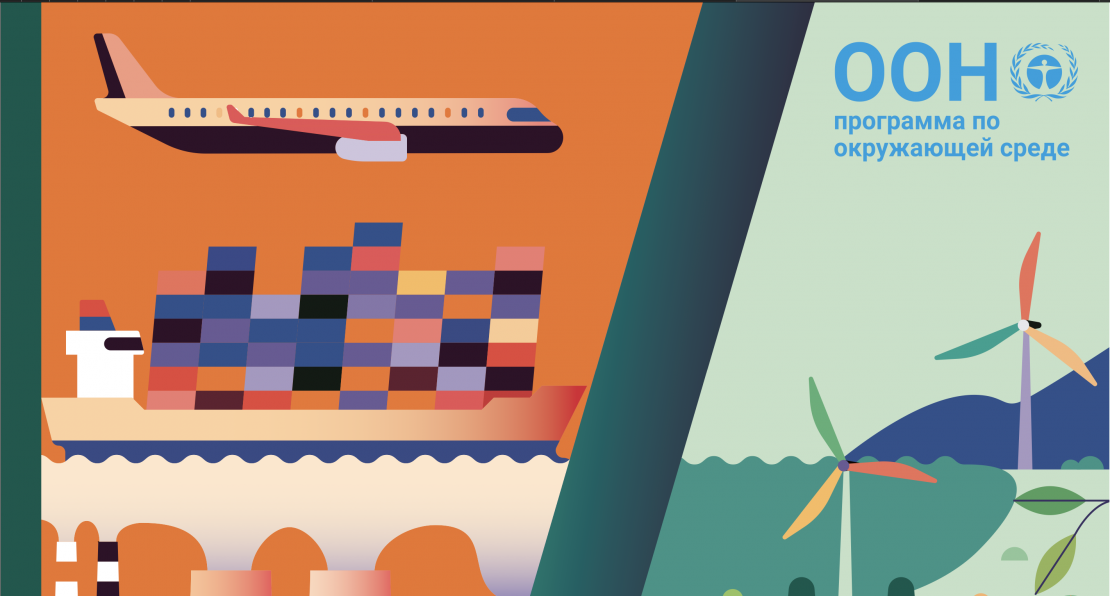
On June 14, 2021, the presentation of the report on the difference in adaptation to climate change for 2020, prepared by the United Nations Environment Program (UNEP), took place.
Panelists:
Inger Andersen, Executive Director, United Nations Environment Programme(UNEP)
Petteri Taalas, Secretary-General, World Meteorological Organization (WMO)
Patricia Espinosa, Executive Secretary, United Nations Framework Convention on Climate Change (UNFCCC)
Patrick Verkooijen, CEO, Global Centre on Adaptation (GCA)
Henry Neufeldt, Head of Impact Assessment and Adaptation, UNEP DTU Partnership
Ms. Andersen stressed that the world is still moving towards a 3-degree rise in temperature, which is well above the Paris Agreement level. Even though we manage to fulfill our obligations under the Paris Agreement and keep the temperature rise under 1.5 degrees, developing countries will still experience severe climate change consequences.
That is why it is essential to start applying adaptation measures immediately. However, these measures often require significant investments. According to the report, the annual cost of adaptation measures is $ 70 billion. This figure is expected to reach $ 140-300 billion by 2030 and $ 280-500 billion by 2050.
“As the UN Secretary-General has said, we need a global commitment to put half of all global climate finance towards adaptation in the next year,” Ms. Andersen added. “This will allow a huge step up in adaptation – in everything from early warning systems to resilient water resources to nature-based solutions.”
On the positive side, 72 percent of countries have already adopted at least one national adaptation planning mechanism to date. Besides, most developing countries are preparing national adaptation plans. Among the positive developments in climate financing, the report notes that the Green Climate Fund (GCF) has allocated 40 percent of its total funding for adaptation.
However, an analysis of the four central climate and development funds - the Global Environment Facility, the Green Climate Fund, the Adaptation Fund and the International Climate Initiative - nevertheless demonstrated that the proportion of funding for adaptation is still insufficient.
This is why the authors of the report focus on nature-based solutions, which are the most inexpensive options for reducing climate risks, restoring and protecting biodiversity, and beneficial to the community and the economy.
But the main takeaway from this report is that the authors insist on a green recovery from the COVID-19 pandemic. As the coronavirus epidemic had already demonstrated, solving global problems requires the consolidation of all possible resources. It is for this reason that developed countries must assist developing countries in implementing their adaptation measures. Otherwise, we may all be at risk.
For more details on the report in Russian, please follow the link.
And also the key messages from the report can be found here.
_________
